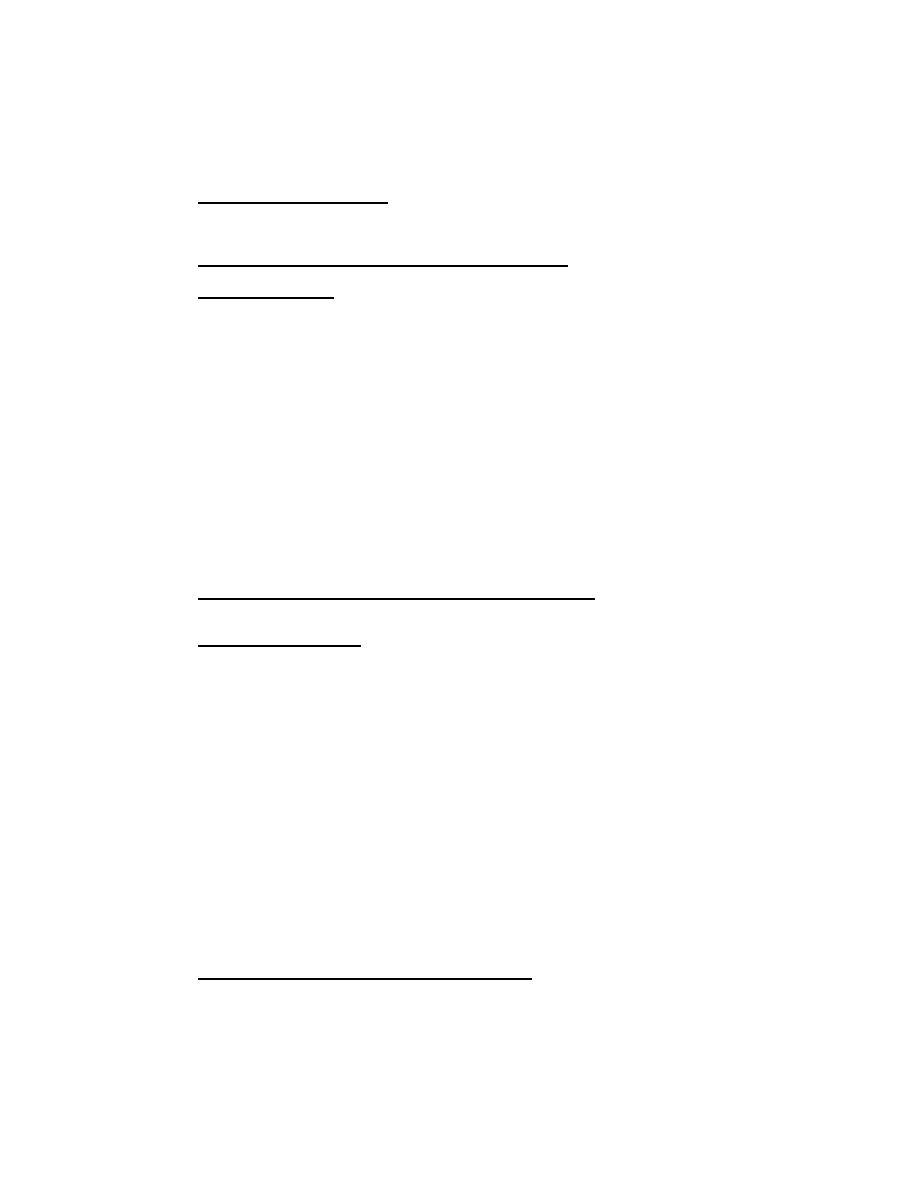

Custom Search
|
|

|
||
 MIL-HDBK-1025/4
Section 4.
BULKHEADS
4.1
Types of Construction. General types of construction are shown
schematically in Figures 8, 9, and 10. Examples of actual constructions are
shown in Figures 11, 12, 13, 14, and 15.
4.2
Selection Factors - Types of Construction
4.2.1
Cantilever Wall. This type of wall tends to creep "out of line"
because of variations in soil properties (active pressure and passive
resistance). To a degree, this can be compensated for by the use of a heavy
cap to stiffen the wall and to increase the radii of curvature of the
differential movements which occur. Alternately, consider increasing
embedment of the toe in order to reduce total movement, or limit use of a
cantilever wall to areas having compact, granular soils. Whatever is done,
however, a straight line is unlikely to be maintained. Some "sinkage" of the
upland should be expected as the ground settles to fill the void resulting
from the wall movement.
Increased depth of embedment of the sheet piling is required with
accompanying increase in cost and difficulty in driving. As a result, a
cantilever wall often is less economical than an anchored wall, particularly
if a simple deadman anchorage can be used.
The principal advantage of a cantilever wall often is minimum
property encroachment and minimum interference with adjacent constructions.
4.2.2
Anchored Wall With Single Level of Anchorage.
This is the usual
form of bulkhead (see Figure 16).
4.2.3
Relieving Platform. This type of construction is used to reduce
the lateral pressure acting on the sheeting. In essence, the surcharge and a
portion of the weight of the fill are carried as vertical load to a deep level
where they do not have an influence on the sheeting (see Figure 17). This
allows deeper walls to be built and heavier loads to be supported within the
strength limitations the strength limitations of the sections of sheet piling
which are commercially available.
There is an additional effect of the relieving platform in reducing
the lateral pressures acting on the bulkhead wall. This is the screening
effect of the piles supporting the platform. For granular soils, tests
indicate that where the ratio of pile diameter to pile spacing (ba) is greater
than or equal to 0.5, the screening effect is complete and none of the lateral
pressure goes to the front wall. For ba=0 (when no piles are used), full
pressure goes to the front wall. For intermediate values of ba, interpolation
would be appropriate; however, the bearing piles must be designed to resist
the lateral pressures incident to the screening effect.
With regard to reduction in pressure on the closure wall due to
wall friction (see Figure 18).
Batter Piles in Lieu of Anchor System. (See Figure 9, type D.)
4.2.4
Consider batter piles when there is a need to limit property acquisition or
where nearby structures would interfere with an anchor system and depth
(height of wall) is excessive for use of cantilever wall.
16
|
 |
|
 |
||